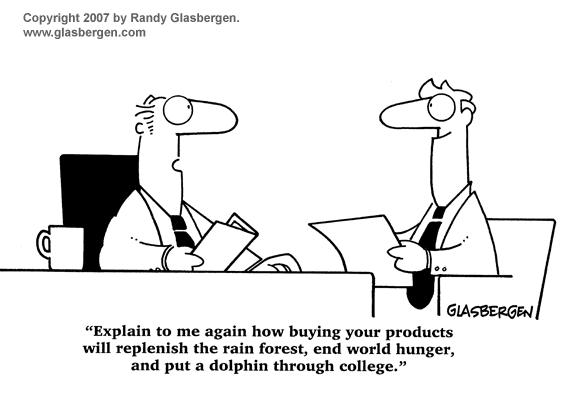Despite all the research and statistics that say that millennials and savvy professionals can spot a sales pitch a mile away, email somehow hasn’t caught up with the times. Sales and marketing experts still use the firehose method, hoping that someone, anyone will respond to their emails. These tactics can trigger negative emotions in prospects and lead them to delete your email before they even consider the pitch.
ALSO READ: How To Build Your First Drip Campaign
You can expect email recipients to have zero qualms about deleting an email before they read the subject line. I tend to delete emails in my “Promotions” Gmail tab in bulk, only scanning for products or companies I’m interested in receiving communications from. While this may speak more to my own personal need to cleanse my inbox, it also shows that companies are at a huge disadvantage when it comes to email.

Blasting your customers with generic sales and marketing emails just doesn’t work anymore. Even the most amazing email marketing software with granular controls and segmenting won’t give you the same results as a fully personalized approach.
The Worst Offenders
1. Open Now For 300% Off!
Offering a percentage off or leading with the deal in the subject line doesn’t usually close. Jason Warnock of Yes Lifecycle Marketing found that offering a percentage off a normal price in the email subject line only worked for people who were already signed up for a loyalty program and already engaged. And yet, 30 percent of participants in Warnock’s study offered a promotional deal in their subject lines. If everyone is doing it, but it’s not working for anyone, maybe there’s a better way.
2. The Used Car Salesman
There’s a reason the used car salesman epitomizes smarmy, untrustworthy sales pitches. These guys don’t bother to form a relationship before hitting you with quick pitches that promise high-quality, low-price. We don’t believe them because we have no reason to trust them. In sales and marketing emails, we see these tactics in cold emails that make a big ask of the recipient and only offer a “Trust me, it’s great” message.
3. Promises Without Proof

These pitches try to earn clickthroughs and conversions by telling folks what they’ll gain, learn, or understand. “In our course, you’ll learn . . .” or “When you buy our product, you’ll see . . .” It’s not a bad idea, in theory. This pitch may seem superior to an email writer because of its value proposition format, but if that value proposition is too farfetched or not relevant to the prospect, it will fall flat. Go back to the tried-and-true method when building your pitches: proof. Provide real-world examples of how the product helps other customers or addresses a particular pain point.
4. Act Now! Space is Limited
This jig is up. We all know that the internet provides infinite space and resources to send your content to someone. If they can’t make a webinar, you can send them a video later. Maybe your coupon is only available for a few more days, but if they really want your product, they’re going to get it no matter what the price. Use this pitch sparingly, and only when there is an actual scarcity — for example, when selling tickets to a conference with limited seating.
5. Can I Have a Moment of Your Time?
No. You can’t. Don’t ask me if you can ask me a question. Offer some immediate value, or at least say what you want from the get-go. If you’re trying to set appointments via email, show you did some research and explain up-front how your product will address the particular needs of a target company, rather than, “I’d like to learn about your company and see how we can help.” Really? You want me to tell you how you’re going to help me? No thanks.
6. The Thought Leader
What happens when a salesperson hasn’t talked to a real person outside of their industry for several years? They start to think all the jargon they use at work actually makes sense to the world. Chances are, your “enterprise vertical alignment project management suite with drilled-down analytics for parsing SMB growth metrics” is just another version of something I’m already using. Speak to your prospect like they’re a human, and use conversational language, rather than jargon.
Think Small. Be Personal.
You probably see these subject lines and pitch tactics every day in your own inbox. Most of the time, they don’t work. So, what does that leave?
It depends on your goals. You can use the best software in the industry and build an evil-genius campaign, but effective pitch emails are ultimately about thinking small and figuring out what works for individual leads. It’ll take some testing and experimentation to figure that out.
As you look for ways to personalize your pitch emails, keep the following best practices in mind:
- Offer clearly discernible value
- Use real stats to make your point. Numbers draw the eyes, and stats sell (especially if you can back them up)
- Focus on the whole funnel. If you’re having trouble closing, it might be a symptom of a larger issue earlier in the funnel. A pitch email should not be your only point of contact with a lead.
- A/B test every variable — subject lines, copy, CTA, send time, etc.
